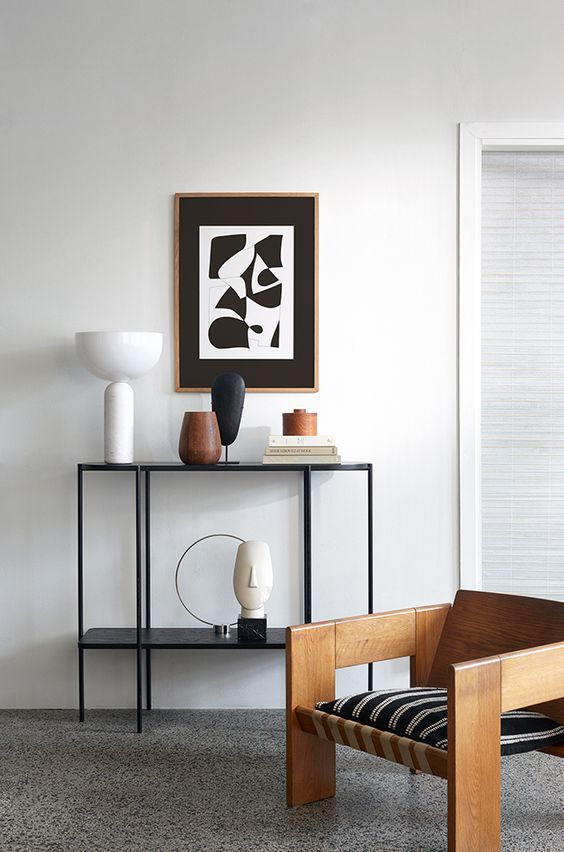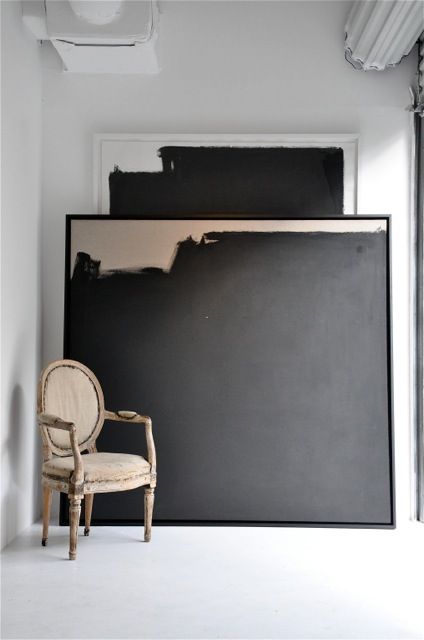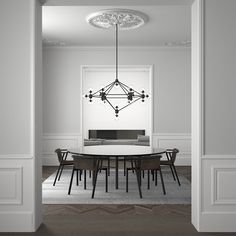Design Persona (II)
- Bukola Adeyemi

- Jul 12, 2018
- 4 min read
Updated: Jul 13, 2018

In my previous post I explained how I struggled with the process of design as a student and for the most part of my early work experiences. After much resolve, I settled with the idea that till I get better at harnessing my personal style as a designer, I would focus on using strong and original ideas into a concise conceptual direction rather than blindly following trends. If you come from a region where luxury is often synonymous with vast expanses of gilt and glitter like ours, the challenge is how to create a magnificent, impressive home without all the shiny, ornate elements.
So what are these principles of design?
They are elements or tools applied to implement your design. The basic Design principles are: Balance, Emphasis, Rhythm, Scale and Proportion. They must be attentively considered in every design before choosing style or following trends. The faintest hint of modishness for no reason, with no intent other than style is a complete no-no, whether it’s a choice of paint colour, pattern or style, understanding the ideas behind proportion and scale and the general awareness of how these elements affect your space, is what interior design is mostly about.
What approach appeals to you?
Are you a modernist, traditionalist, Marxist, imperialist? There are many ideologies with resulting schools of thoughts you can imbibe in your design approach like Minimalism, Eclecticism, Maximalism, Humanism, Materialism, Environmentalism. These ideologies sometimes birth unique movements like Art deco, Bauhaus, industrial, art and craft all these started as movement, but one could argue that they were trends as they certainly maintained certain stylistic patterns, features or strategies that translated into distinct aesthetic/visual cues.
Apart from these movements there are certain styles peculiar to their times and the centuries they were practiced. For instance, Edwardian, Georgian, Louis IV, Victorian styles were unique to their times. Similarly there are certain styles peculiar to place/location, geographic region, religion, culture and people. The French, Parisian, Moroccan, Scandinavian, African, Tropical, Japanese, Asian, Islamic, Arabesque, Gothic, Moorish styles and the list go on. You can also design according to moods eg: Romantic, fun, moody, feminine, masculine, quirky, and whimsical. These moods can be further divided by themes based on movies, art, fashion genre, music, and as many genres as you can think of in popular culture.
In architecture school, it was a whole new playing field, it didn’t take me long to realise that there was a world of difference between following processes and principles and your approach to design. I learnt how to make sense of these principles I had learnt in design school to certain degrees and new depths. I guess the obscure limits you are willing to take your thought process to make a clear distinction between home Decorators, Interior designers and Interior Architects, but that is a story for another day. With that in mind, I began to focus on less fashionable design elements such as the use of Lines, Shapes, Volume, Illusion of Space, Illusion of motion and value, before the more apparent elements like colour, focal points, materials and texture.
Rules, Rules, Rules.
There is no rule for and against, no law restricting which ideologies you believe in or design by, or that you have to stick to one approach. Just like in any field, your level of experience, creativity, understanding of the brief, concept, context and the personality of your tutors practically (like it or not ) will influence whether your design approach or ideologies solves or further complicates your design. However, after graduate school, the realities set in; company policies, clients taste, budget constraints, government bans, overpriced showroom furniture and basically working with contractors and workers with little or no passion or regard for design and all that ideology “theory” they teach you in school. No one cares if you are a modernist, traditionalist, Marxist, imperialist or humanist.
Fast forward to 5 years Later, I must say that being an independent Designer definitely has its perks. I’m back to my hunt for self discovery. I don’t care about what’s in style anymore, in a way I hate trends, I’ve never really been able to keep up anyway. While I love style, I hate over styling (staging) spaces, (one million vases a couple of fake flowers, Hermes throw on the sofa kind of staging) I love essence, what’s the story, who are you telling (selling) it to? Are they even buying this story you are telling?
By now you must know that Interior design is complicated; there are so many interactions between all the elements, principles, ideologies , styles, trends and ideologies and these interactions, as a whole, have an effect on the feel of a space. Design is serious work, requires skill and an immense level of attention to detail, It’s a full time occupation, not a hobby or a recreational activity. It is not a title you give yourself after reading 3 home and garden magazines or taking a 2 weeks short course no matter where it is in the world. It should be taken more seriously and professional designers should be adequately compensated for their skills and services.


















Comments